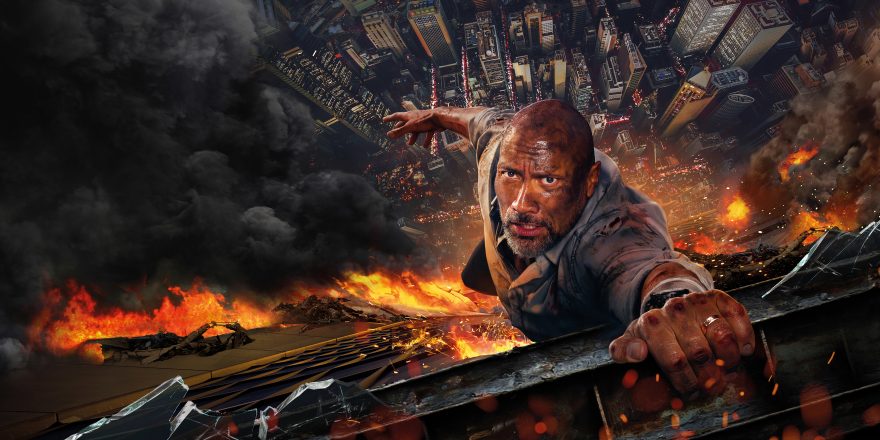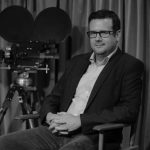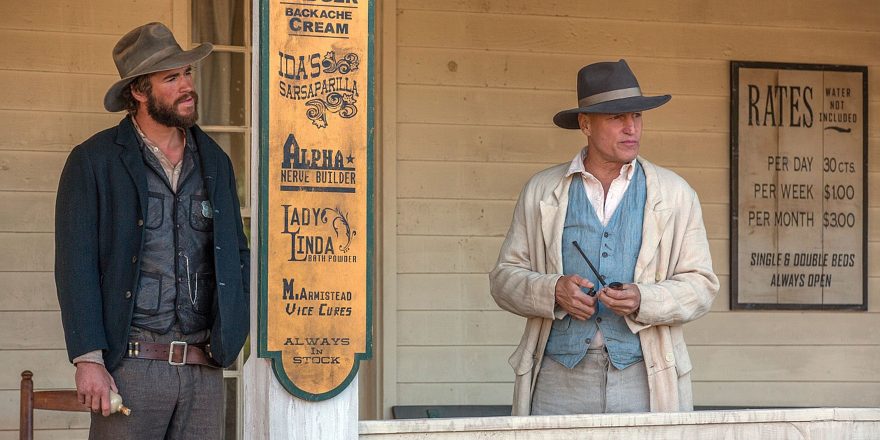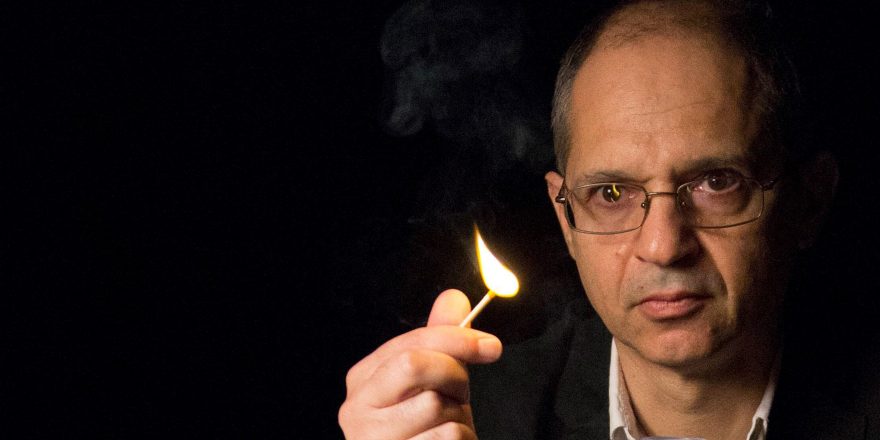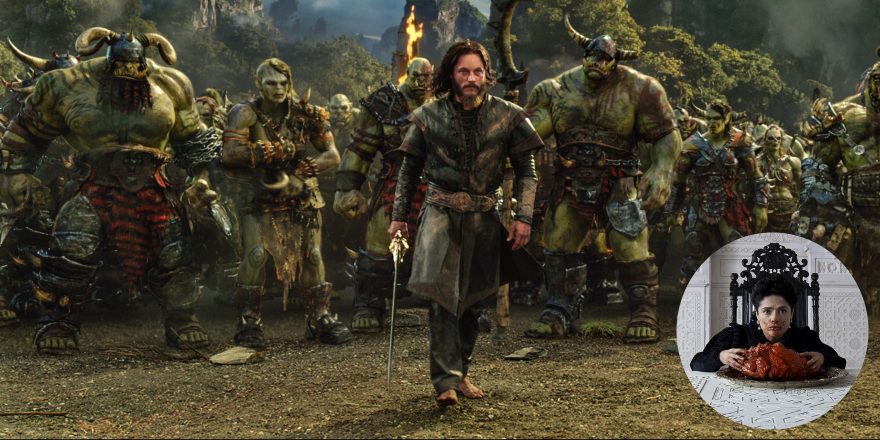In his book The Films in My Life, François Truffaut wrote, “Today I demand that a film express either the joy of making cinema or the agony of making cinema. I am not at all interested in anything in between; I am not interested in all those films that do not pulse.”
Truffaut would have loved Rawson Marshall Thurber’s Skyscraper, a movie that conveys its writer-director’s delirious fervor for what he does in the opening shot and never lets up. There may be other films this year that are more original, audacious or complex, but I can’t think of another movie that is so madly, passionately in love with the act of moviemaking itself, and so generous with its audience. Like Die Hard or Enter the Dragon (two of the many films it pays witty tribute to over the course of its lean, satisfying 102 minutes), it’s a supremely engineered entertainment machine, a model of rigorous construction that’s also teeming with life and spontaneity – a film with the precision of a Swiss watch and the heart, soul and infectious pleasure of a great Beatles song.
The movie opens with an elegant tracking shot that pans down from a snowy night sky to a rural home, then pulls back to reveal an enormous law-enforcement operation surrounding the house. The grace with which Thurber and his crew execute this camera move is really something to behold, and the first time I saw it in the theater, I instantly relaxed in my seat, knowing I was in good hands – usually I’m happy if I feel that kind of control and confidence coming from the director in the first 15 minutes or half-hour of a film, but in Skyscraper I got it in the first shot. The set piece that follows takes cues from Vertigo and Cliffhanger to draw the audience in with a self-contained prologue that informs the rest of the movie, as Will Sawyer, the hero played by Dwayne Johnson, leads a rescue operation that ends in failure. The sequence is, like the movie as a whole, ruthless in its efficiency – Thurber not only swiftly introduces us to Johnson’s character and the visual style that will characterize the rest of the film (elaborately choreographed long takes that build tension punctuated by staccato cutting to ramp up the anxiety), but also convincingly establishes his hero’s vulnerability (no easy feat when your star is The Rock) and initiates the love story that drives everything that follows.
After the prologue, Thurber jumps ahead several years as Sawyer’s family (wife Neve Campbell and a likable young son and daughter) accompanies him on a business trip to Hong Kong. Now working as a private-security specialist, Sawyer has a job consulting on the world’s tallest skyscraper, which is on the verge of opening to the public; for now, Sawyer and his family are the only tenants, an unexpected complication for a gang of thieves who take control of the building and set it on fire in an effort to get their hands on the entrepreneur who has financed the structure. Sawyer is out when the building catches fire and has to make his way back in to save his family from both the criminals and the blaze, and I’ll stop the plot description there for people who haven’t seen the movie, since one of the many strengths of Skyscraper is its constant sense of discovery and surprise – something that’s even more impressive on repeat viewings, where one can see that Thurber has laid his twists in so organically that they should be obvious from the beginning.
A description of Skyscraper’s plot can’t fully convey what makes it special anyway, since what makes this movie great isn’t what it’s about but how it’s about what it’s about. First and foremost, this is Rawson Marshall Thurber’s love letter to every action movie he ever enjoyed as a fan – it feels not so much like the work of a guy who wants to compete with Die Hard and Raiders of the Lost Ark and Lethal Weapon, but a film by someone who was so filled with delight by those movies that he wanted to pass the delight along. What’s interesting about the movie is the way that it pays tribute to so many action classics without coming across as a pastiche or rip-off; Thurber doesn’t steal from his favorites, he’s just internalized them so fully that they’re part of his cinematic DNA. He is to Spielberg what early Spielberg was to Michael Curtiz and Alfred Hitchcock, and the climax of Skyscraper has the same relationship to Enter the Dragon which that film had to Orson Welles’ The Lady From Shanghai. It’s the next logical step in the evolution of Hollywood action movies, and presumably right now there’s a 13-year-old kid somewhere watching Skyscraper who will grow up to make the next classic in the genre.
It’s certainly the kind of movie, like Spielberg’s Duel or any of John McTiernan’s best work, that’s easy to obsess over in terms of craft; when you look under the hood on repeat viewings and see how meticulously Thurber has assembled the film both structurally and visually, it’s awe-inspiring. Yet I don’t want to give the impression that Skyscraper is just a great exercise; what elevates it from cinematic thrill-ride to potential classic is what the supreme craftsmanship supports. The portrait of a marriage that Thurber integrates into the genre material is one of Skyscraper’s most surprising pleasures, as Johnson and Campbell create a relationship filled with warmth, humor and intimacy that’s all the more remarkable for being so fully realized at the center of an action flick that never slows down for it. Johnson has never felt looser or more natural than he does in his collaborations with Thurber (their previous movie together, Central Intelligence, is also terrific), and Campbell gives one of the most underrated performances of the year as his wife Sarah. Her character is one of the areas where Thurber actually improves upon the movies that inspired him, writing a female lead who’s no mere adjunct but an integral driver of the action, and Campbell impeccably calibrates her character’s intelligence and physicality, creating an action heroine who’s as plausible and relatable as she is thoughtful and responsive under pressure.
The care and detail that go into Johnson and Campbell’s performances and Thurber’s conception of their characters extends throughout the assortment of cops, criminals, and corporate movers and shakers that comprise the richly textured ensemble of Skyscraper – like Die Hard, it’s a star vehicle that’s also filled to the brim with richly entertaining supporting players. It’s appropriate that the cinematographer is Robert Elswit of Boogie Nights and Magnolia fame; as different as those movies may be from Skyscraper, they share its abundance of satisfactions kept in perfect balance. Something else Skyscraper shares in common with Boogie Nights is the sense that everyone involved had a great time making it, which brings me back around to that Truffaut quote. People having a great time on a movie doesn’t necessarily equate to a great movie – if it did, as Steven Soderbergh has noted, The Cannonball Run would be the greatest movie ever made – and I don’t even know that Thurber and his cast and crew really did have fun making Skyscraper. I’m guessing that they did, though, because I just don’t think the enthusiasm the movie exudes from the first frame to the last can be faked; if it is, Thurber is an even better director than I thought he was.



